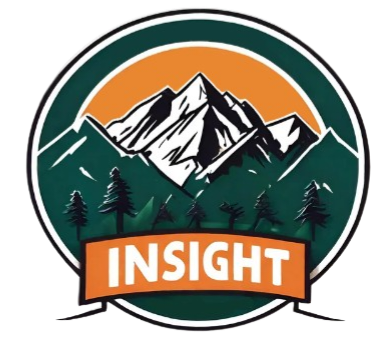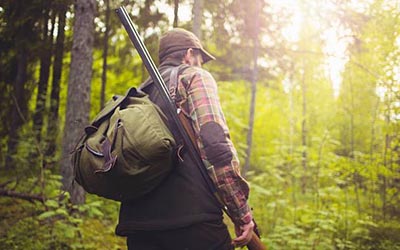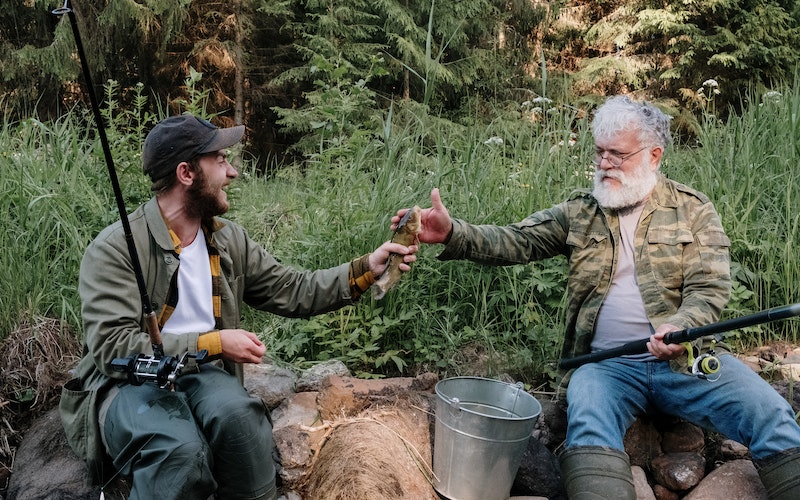
Hunting has long been a subject of heated debates, with passionate arguments both for and against the practice. While concerns about its impact on wildlife and the environment are valid, it is essential to recognize that responsible and regulated hunting can play a crucial role in wildlife management and environmental preservation.
This article aims to shed light on the lesser-known aspects of hunting – how it can actually help wildlife and its broader impact on the environment.
Related: Free Hunting Gear
When Is Hunting Good For Wildlife?
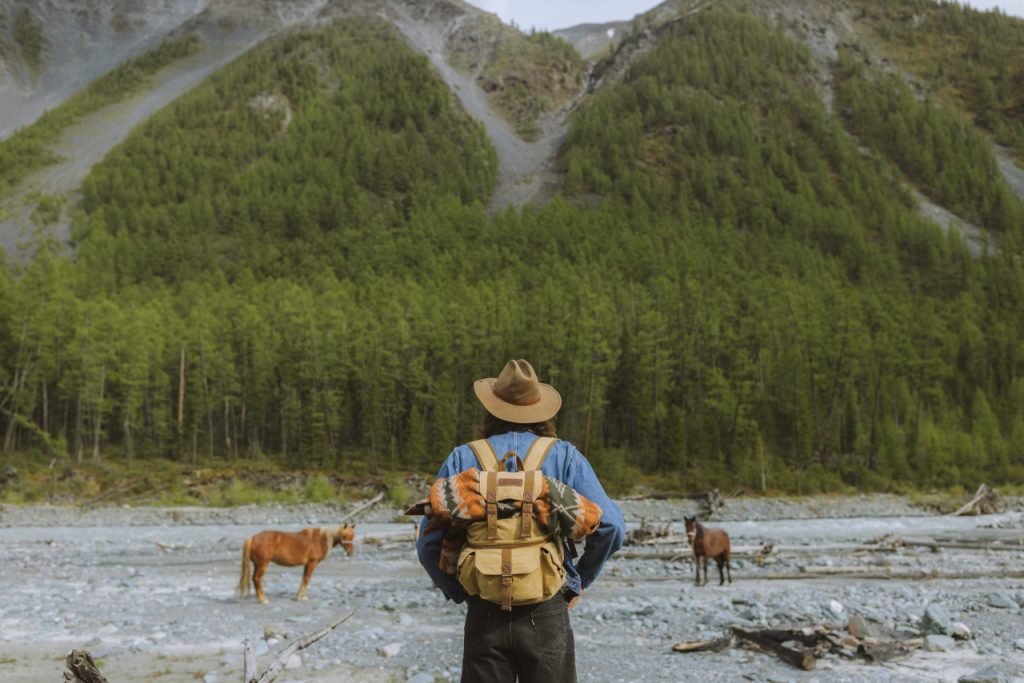
Hunting can be considered beneficial for wildlife under certain circumstances and when conducted responsibly. Here are some instances when hunting can be good for wildlife:
Population Management
Population management through hunting is a vital aspect of wildlife conservation. In many ecosystems, natural predators once played a significant role in controlling animal populations.
However, due to habitat loss and human activities, the balance of these predator-prey relationships has been disrupted. In such cases, responsible hunting can step in as a surrogate for natural predation and help maintain the ecological equilibrium.
Disease Control
Disease control is another critical aspect of population management through hunting. Wildlife populations can be susceptible to various diseases that, if left unchecked, can have severe consequences for both the animals and the surrounding ecosystem.
Responsible hunting can play a role in controlling the spread of diseases among wildlife populations, helping to maintain their health and prevent widespread outbreaks.
Human-Wildlife Conflict Reduction
Human-wildlife conflict is a challenging issue that arises when the interests of humans and wildlife intersect, often leading to negative consequences for both parties.
Such conflicts can arise from competition for resources, property damage, and threats to human safety. Responsible hunting can contribute to reducing human-wildlife conflict by serving as a strategic tool to manage wildlife populations and promote coexistence between people and animals.
Habitat Preservation
Habitat preservation is a fundamental aspect of wildlife conservation, and responsible hunting can play a role in supporting these efforts.
Hunting can help manage certain wildlife populations whose overabundance can negatively impact the habitat. By preventing overgrazing or over-browsing, hunting ensures that the ecosystem remains in balance, supporting a diverse range of plant and animal species.
Endangered Species Recovery
Endangered species recovery is a critical objective in wildlife conservation, aiming to reverse the decline of species facing the risk of extinction. Responsible hunting can play a role in this effort, working in conjunction with other conservation strategies to protect and revitalize endangered populations.
When Is Hunting Bad For Wildlife?
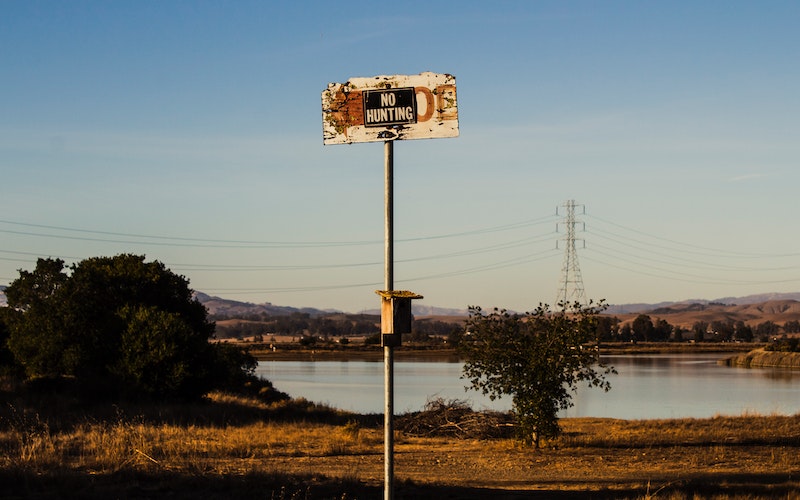
Hunting can have negative consequences for wildlife under certain circumstances and when not conducted responsibly. Here are some instances when hunting can be bad for wildlife:
- Overhunting: When hunting exceeds sustainable levels and exceeds the natural reproductive rates of wildlife populations, it can lead to overexploitation and population declines. This can disrupt ecosystems and threaten the survival of certain species.
- Targeting Endangered Species: Hunting of endangered species is highly detrimental and can push already vulnerable populations closer to extinction. Even if carried out legally, hunting of endangered species can have severe repercussions for their survival.
- Loss of Keystone Species: Some species play a critical role in maintaining the balance of entire ecosystems as keystone species. Hunting or removing such species can trigger a cascade of negative effects on other flora and fauna within the ecosystem.
- Unregulated and Illegal Hunting (Poaching): Poaching / hunting without a license, is illegal hunting of wildlife, and is a widespread problem that poses a significant threat to many species. Poaching can lead to population declines, loss of genetic diversity, and even the complete eradication of certain species.
- Unintended Consequences: Introducing non-native species or using certain hunting methods can have unintended consequences, leading to unintended outcomes for wildlife and the environment.
Hunting Impact on Environment
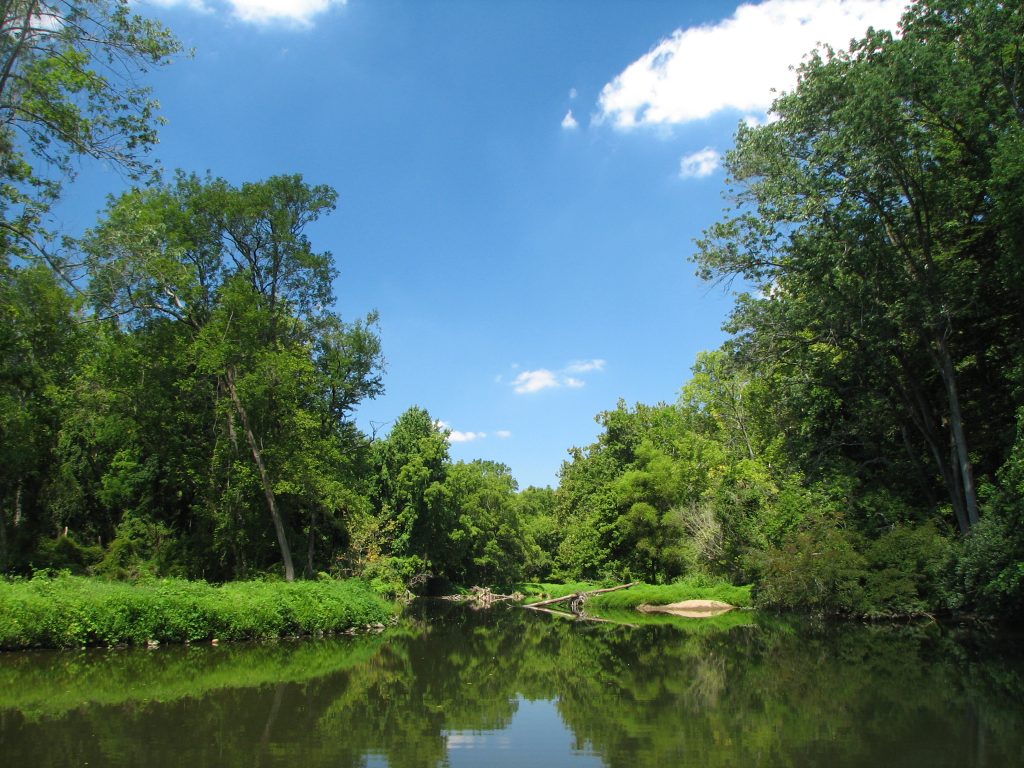
While hunting has the potential to offer benefits to wildlife and conservation efforts, it also poses significant risks when not conducted responsibly.
Responsible hunting can help maintain ecological balance, prevent overpopulation, and protect habitats. It can also generate vital funds for conservation initiatives, support wildlife corridors, and foster community engagement in conservation efforts.
However, the negative impacts of hunting on wildlife and the environment are evident when it involves illegal poaching, overexploitation, or targeting endangered species. Such practices threaten biodiversity, disrupt ecosystems, and compromise the very foundations of wildlife conservation.
To strike a balance between hunting and environmental preservation, collaborative efforts are essential. Conservationists, hunters, policymakers, and local communities must work together to ensure that hunting practices align with the broader goals of wildlife conservation.
